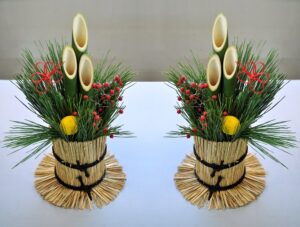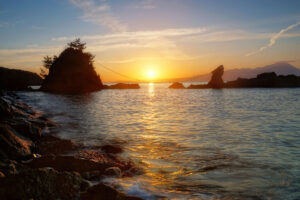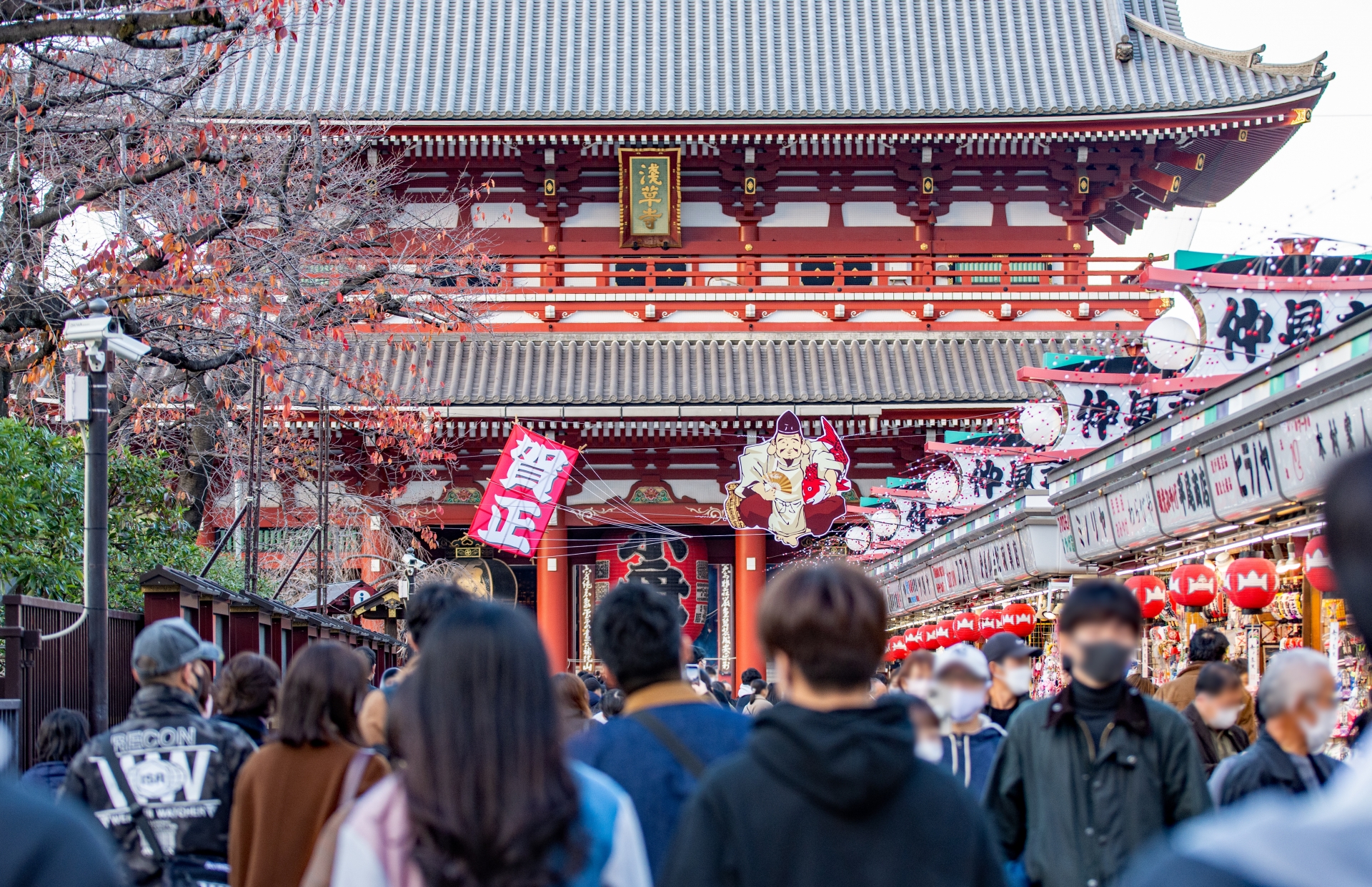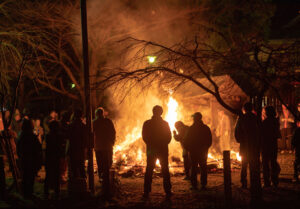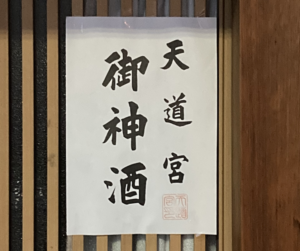Hatsumode is one of the world’s largest religious events. A total of more than 90 million people visit temples and shrines from January 1 to 3 every year.
What is Hatsumode?
Hatsumode is the first visit to a temple or shrine after the New Year. However, there is no prescribed period or number of times for Hatsumode.
Some people visit multiple temples and shrines during New Year’s or January. If it is the first visit to each temple or shrine in a given year, it can be called “Hatsumode. However, if it is the second or subsequent visit to the same temple or shrine, it cannot be called Hatsumode.
Even if you visit a temple for the first time in the year in December, it can be called Hatsumode.
What to wish for at Hatsumode?
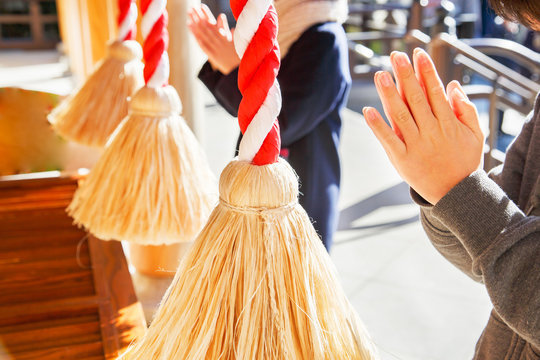
Hatsumode is a time to report and thank the Deity for the previous year and pray for safety and peace in the New Year.
There are no clear rules for this either. It is said that any wish is acceptable, but it is better to make only one wish than many.
When to go to Hatsumode?
The “New Year Deity,” who is said to bring a bountiful harvest and happiness to each household, visits each household on the morning of New Year’s Day. People welcome the New Year’s Deity at home, thank him or her for coming, and pray for happiness in the coming year. It is customary to visit temples and shrines afterwards.
It is a new custom since the 1950s to visit temples and shrines at midnight.
How long is the period for Hatsumode?
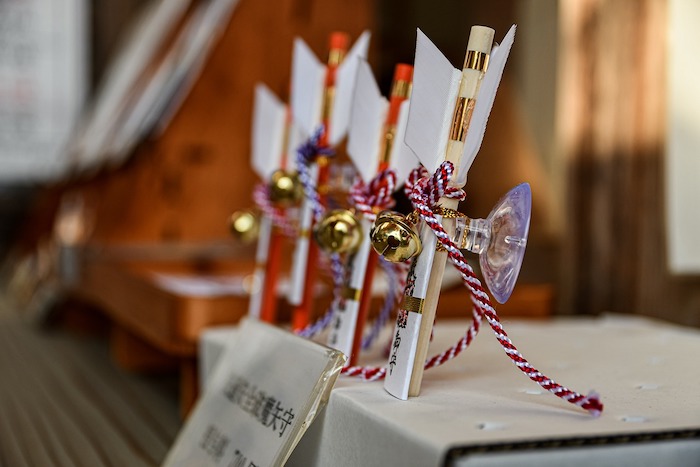
Generally, people visit temples and shrines from January 1 to 3, known as the “three days of the New Year (Sanga-nichi)”.
It is also said that it is advisable to go until the 7th or 15th (depending on the region), when New Year’s decorations are displayed.
There are no clear rules regarding the period of visitation.
Which temple or shrine to visit for Hatsumode?
Essentially, people go to a shrine near their home or to a family temple (the temple where their ancestors’ graves are located) first. After that, people visit famous temples, shrines.
In reality, however, it is popular to line up early in the morning to visit famous temples and shrines.
Temples and shrines that are well-known and attract many visitors are not necessarily more beneficial than local temples and people.
Changes in Hatsumode
Hatsumode in the Edo Period
Until the Edo period, it was not customary to visit large shrines and temples on the three days of the New Year. People often visited shrines and temples in their neighborhoods or in the direction of good fortune.
Hatsumode established in the Meiji Era
It was not until the Meiji period (1868-1912) that the modern form of “Hatsumode” came to be practiced.
In the Meiji Era, railroads were opened to traffic.
With the new vehicle, the train, going to temples and shrines on New Year’s Day became a new pleasure for people. In order to stabilize the number of railroad passengers, railroad companies encouraged people to visit larger shrines and temples farther away than the auspicious temples and shrines of the year. That was the beginning of the modern style of Hatsumode.
A National Event in the Taisho Era
In 1920, Meiji Jingu Shrine was built to worship Emperor Meiji and Empress Meiji.
After the Great Kanto Earthquake of 1923 damaged temples and shrines in Tokyo, and the subsequent arrival of the subway system, Meiji Jingu Shrine became crowded with many visitors. The media also covered the event extensively, and Hatsumode became a “national event.
Hatsumode in a Car Society
As Japan became a car-based society after World War II, the popularity of Hatsumode visits to temples and shrines in the suburbs also increased.
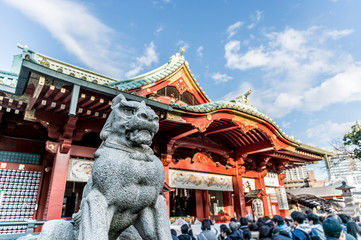
Popular places for Hatsumode and the number of visitors
Reference figures for the number of worshippers from January 1 to 3
| Name | Region | Number of visitors (approximate estimate) |
| Meiji Shrine | Tokyo | 3.2 million |
| Kawasaki Daishi (Konjyuin Heima Temple) | Kanagawa | 3.1 million |
| Naritasan Shinshoji Temple | Chiba | 3.0 million |
| Kinryuzan Asakusa-ji Temple | Tokyo | 2.8 million |
| Fushimi Inari-taisha shrine | Kyoto | 2.7 million |
| Sumiyoshi-taisha shrine | Osaka | 2.6 million |
| Tsurugaoka Hachimangu Shrine | Kanagawa | 2.5 million |
| Atsuta Jingu Shrine | Aichi | 2.3 million |
| Hikawa Shrine | Saitama | 2.1 million |
| Dazaifu Tenmangu Shrine | Fukuoka | 2 million |
Religious view of Hatsumode
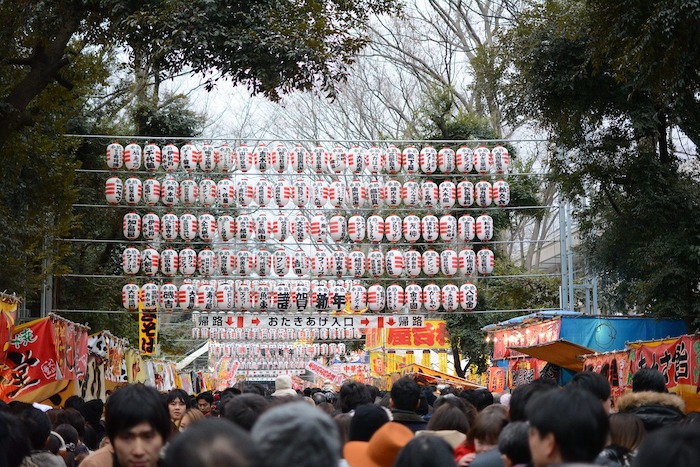
Hatsumode and Hatsuhinode were originally introduced to the people by the Meiji government as a religion called “State Shinto” . After the defeat in World War II, the State Shinto was abolished, but some religious events remained as social events. The religious events that remain today have become secularized and recreational events, without a sense of belief in the sacred.
Wishes during life are Shinto
Christianity for weddings
Buddhism after death
From a global perspective, Hatsumode can be seen as a religious event. For many Japanese, there is no sense that it is a Shinto or Buddhist event. Nevertheless, rather than being a “non-religious” event with no religious beliefs, it is a representative event of ” Japanese religion,” a traditional system of thought unconsciously ingrained in the Japanese people.
